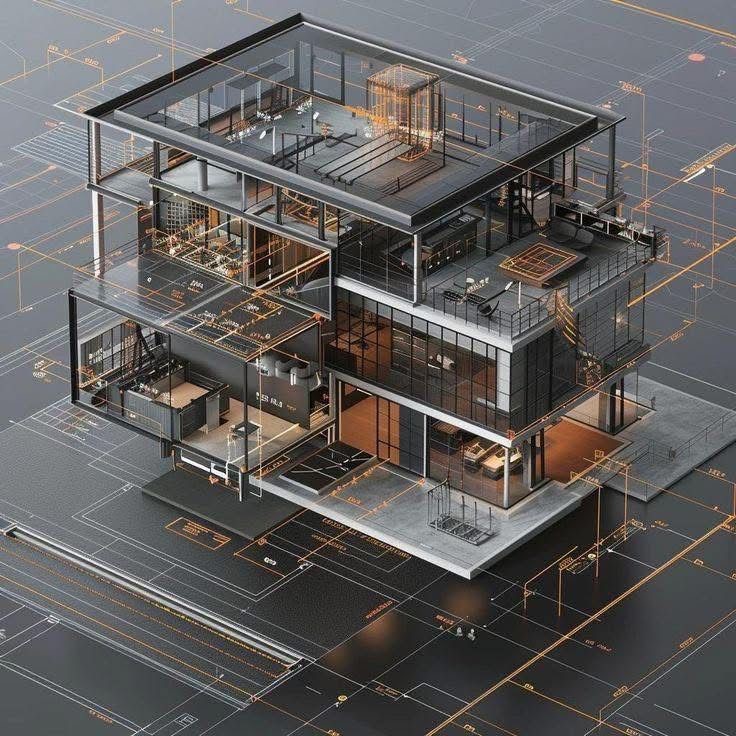Building Information Modeling (BIM) has transformed construction worldwide, offering smarter collaboration, reduced errors, and better project outcomes. Beyond 3D design, BIM integrates data on costs, schedules, and performance—turning buildings into digital twins that mirror real-time progress. For project owners, architects, and contractors, this means more efficiency, fewer risks, and greater sustainability.

Here are six key steps for successful BIM integration:
1. Understand the Principles of BIM
BIM is more than software—it’s a collaborative workflow. Intelligent 3D models improve visualization, enable clash detection, and centralize data for all stakeholders. This reduces rework, improves accuracy, and speeds up decision-making.
2. Define Project Requirements
Start with clarity. Outline client objectives, project purpose, and measurable outcomes such as cost savings or faster delivery. Evaluate project size and complexity to determine the right level of BIM integration.
3. Build a Skilled BIM Team
A successful BIM process depends on people. Key roles include BIM Managers, Modeling Specialists, Data Managers, and QA experts. Training in software, data standards, and collaboration protocols ensures smooth workflows and reliable results.
4. Align BIM with Existing Workflows
Seamless adoption requires integration into current processes. Identify where BIM fits best—whether in design, construction, or facility management. Plan phased implementation to minimize disruptions and maximize impact.
5. Foster Collaboration Across Stakeholders
BIM thrives on communication. Shared digital environments allow architects, engineers, and contractors to work in sync. This enhances transparency, reduces miscommunication, and ensures project alignment from start to finish.
6. Monitor & Continuously Improve
Track progress with KPIs such as model accuracy, clash resolution speed, and collaboration effectiveness. Regular audits, feedback loops, and software updates ensure continuous improvement and long-term success.
Final Takeaway
BIM adoption is a journey, not a one-time setup. By combining the right strategy, skilled teams, and ongoing improvements, organizations can unlock BIM’s full potential—leading to smarter, faster, and more sustainable construction projects.